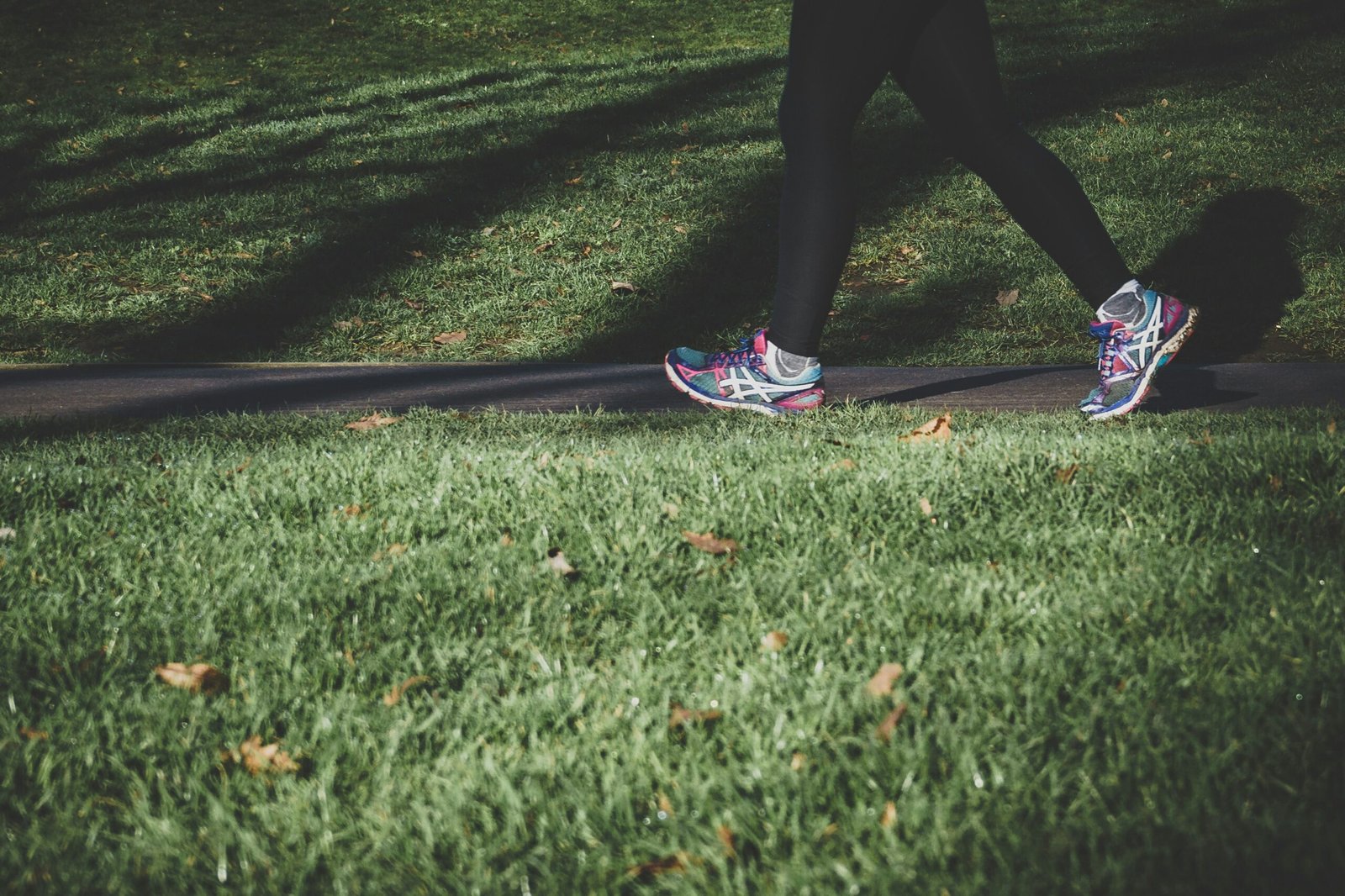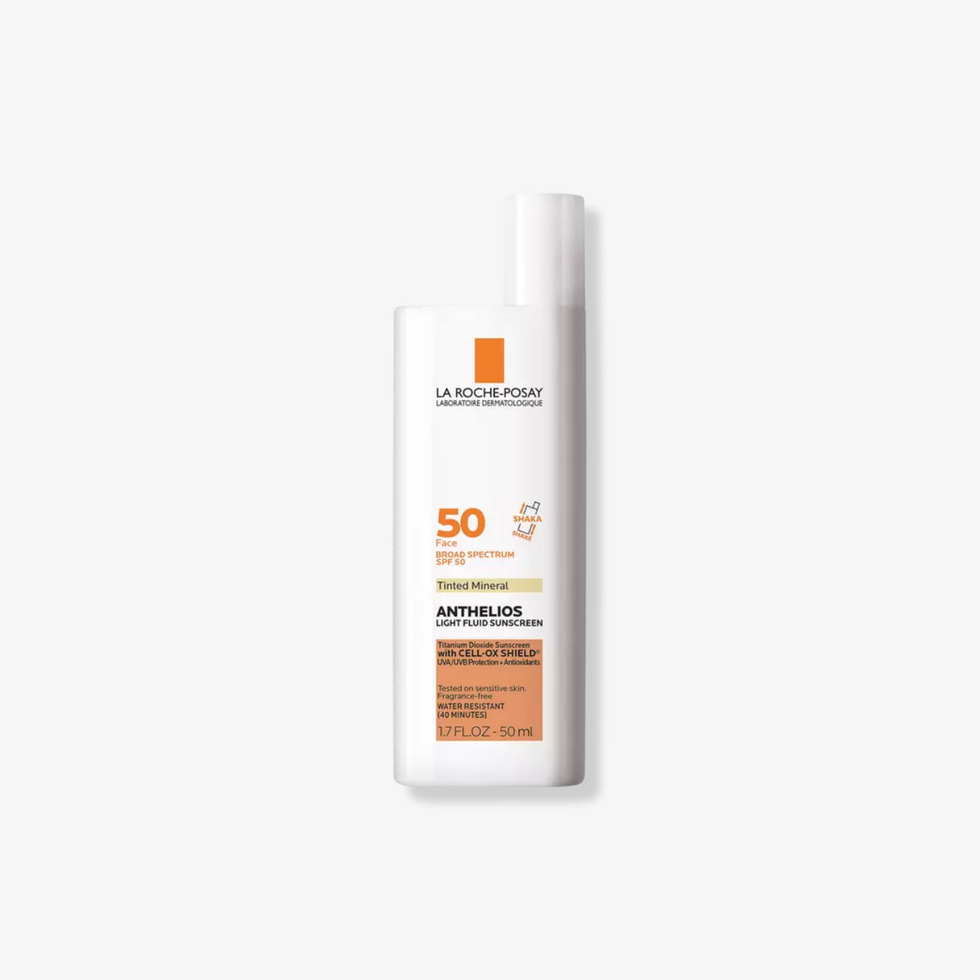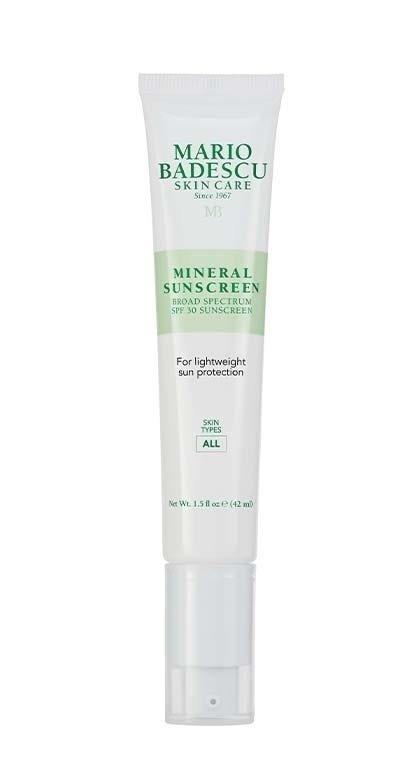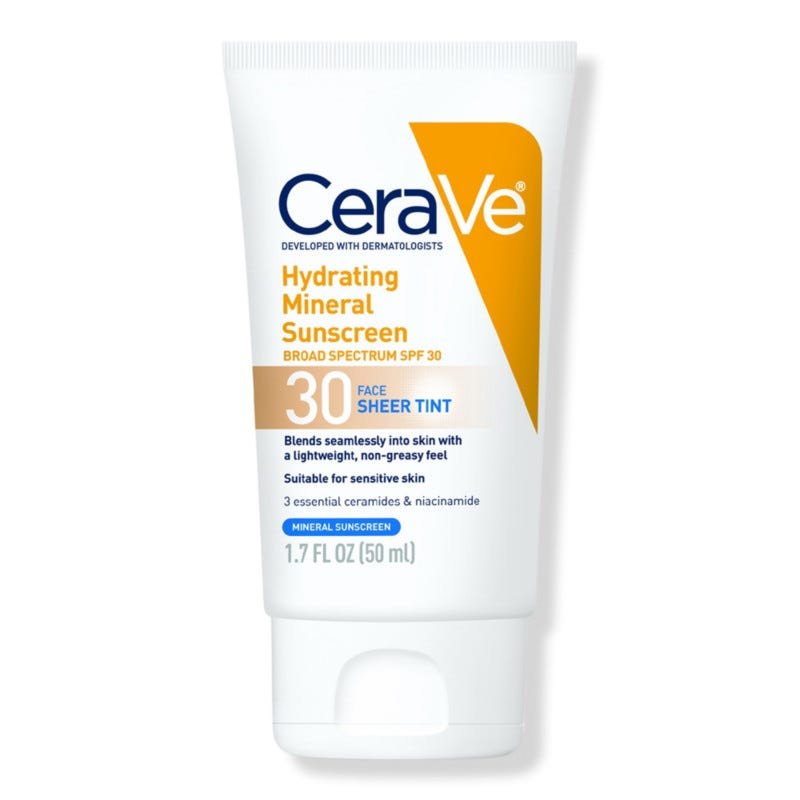If you’ve been dealing with annoying and itchy red patches on your skin, you may not be sure why it’s happening to you or what to do about it. You might be asking yourself, “Is this a symptom of eczema? Do I just have really sensitive skin?” And it could be either one, because the truth of the matter is facial redness is pretty common, but no two people are alike. That’s why it’s always best to get an analysis from your doctor before jumping to conclusions.
Meet the experts: Tracy Evans, MD, is a board-certified dermatologist and medical director at Pacific Skin and Cosmetic Dermatology. Blair Murphy-Rose, MD, is a board-certified dermatologist at Laser & Skin Surgery Center of New York. Sarah Sawyer, MD, is a board-certified dermatologist. Richard Lucariello, MD, is a board-certified dermatologist.
“I always say people are snowflakes; they need customized skin routines,” says Tracy Evans, MD, board-certified dermatologist and medical director at Pacific Skin and Cosmetic Dermatology. “One person could be highly allergic to something and the other could have true rosacea.”
Keep reading for more information on how you can treat your skin when redness strikes.
What causes redness on the face?
- Inflammatory skin conditions: Eczema, acne, and rosacea are just a few common skin conditions that can cause facial redness. With eczema, you have redness caused by products or atopic dermatitis (a skin sensitivity to touch or the feelings of certain materials). Meanwhile, having rosacea would mean there are more inflammatory mediators (molecules that cells release as a result of injury or infection) and vessels in the skin that are more reactive, says board-certified dermatologist Sarah Sawyer, MD. Some people also get acne or bumpiness from rosacea, adds board-certified dermatologist Richard Lucariello, MD. However, it’s possible to get redness due inflamed acne that is swollen and sometimes painful independent from rosacea, too.
- Contact dermatitis: This is another form of eczema, but only occurs when your skin comes into contact with an allergen or ingredient in a substance that causes inflammation and redness. There’s no single concrete cause of contact dermatitis, but people with atopic dermatitis are more prone to it, says Sawyer. The allergens often stem from things like hair products, soaps, nail polishes, fragrance, and certain metals.
- Eating spicy foods: Sure, eating jalapeno peppers can make you feel hot, but it can also lead to a flush of the face. “Basically what’s happening is that the vessels dilate in response to some of the contents or ingredients in a spicy food that causes certain receptors to be activated,” says Dr. Sawyer.
- Sunburn and windburn: The redness from sunburn is the result of the DNA of your skin being damaged. While those with darker-toned skin will produce more melanin, others will produce burned epidermal cells that cause redness because of the blood that’s going to the cells to recover them, explains Dr. Sawyer. Windburn is caused by harsh winds that damage the skin, which leads to increased blood flow (and therefore, redness) to repair it.
- Medication: Side effects from medication are nothing new, and that includes facial redness. “Niacin is one of the most well-known [causes] and high blood pressure,” says Sawyer. “High blood pressure can cause facial redness and so can some of the medication [that treat it].”
How to Get Rid of Redness on Face
The good news is that there are plenty of ways to keep you from seeing red in the mirror. Here are just a few derm-backed strategies:
1. Avoid irritating ingredients
Redness can be caused by skin irritation or allergies to certain ingredients. Blair Murphy-Rose, MD, a board-certified dermatologist at Laser & Skin Surgery Center of New York, notes that alpha hydroxy acids, salicylic acid, and vitamin A-based products like retinol or prescription retinoids are known for causing redness.
Additionally, abrasive scrubs and benzoyl peroxide can also irritate the skin, especially for those who have acne, adds Dr. Evans. So it may be helpful to check all the products you currently use on your face to see if any of those ingredients pop up.
2. Try a cold compress
A cold compress can be helpful, but that doesn’t mean an ice pack is the answer. In fact, freezing the skin can also bring blood flow to the face and cause redness, says Dr. Evans. Instead, try applying a cool cloth or sitting in cool places.
“Cold temperature constricts blood vessels and makes them smaller. When we make the blood vessels in the skin smaller, it pushes out the blood,” says Dr. Murphy-Rose. “When it’s cold, our blood vessels constrict because the body wants to conserve all that heat and bring it closer to our vital organs like the brain and the heart.”
3. Use a mineral sunscreen
Many people with redness tend to have sensitive skin, so opting for a mineral sunscreen instead of a chemical one is always a safe bet.
“The mineral ingredients are titanium dioxide and zinc oxide, and it would be very unlikely for someone to be irritated by them,” says Dr. Murphy-Rose. “The best sunscreens are mineral sunscreens, but particularly so for those with sensitive skin because they’ll be more gentle in general.” She also points out that those ingredients are so well-tolerated that they’re often found in certain rash creams.
You should always approach DIY face masks with caution. That said, certain ingredients such as aloe, cucumber, or centella asiatica have soothing properties that can help with redness, says Dr. Murphy-Rose.
And if you prefer buying your face mask from the store, consider buying a silicone gel option that can be chilled to help decrease inflammation and reduce redness.
5. Switch up your makeup routine
At the end of the day, anything you’re putting on your skin can cause irritation, including your makeup. “It’s mostly the acidic stuff that I like to make sure my patients stay away from,” says Dr. Evans. “Sometimes people like to use tinted sunscreens with salicylic acid in them [for acne], but those are so drying that it’s going to make it worse.”
Instead, she recommends investing in mineral-based makeup from brands like Bare Minerals and Clinique, which are hypoallergenic. Dr. Lucariello also recommends using color correcting makeup with a green tint to it which can hide the redness if you’re not interested in medical interventions.
6. Consider laser treatments
Some people have superficial blood vessels that show up in random areas that contribute to redness. According to Dr. Evans, the definitive way to treat that redness (medications aside) is by shutting the vessels down with laser treatments.
One method, in particular, uses KPL lasers that use wavelength light to attack hemoglobin. “The laser light will target heat and destroy the areas where the hemoglobin is, which is the blood in the blood vessels,” explains Dr. Murphy-Rose. “By doing so, it heats up the blood vessel walls, and they go away.”
7. Try a topical cream
When it comes to topical creams, 10 percent cortisone is the best thing to tackle inflammation. “It’s a corticosteroid, and it helps the redness subside by making the white blood cells reduce the immune reaction,” says Dr. Murphy-Rose.
Unfortunately, something like moisturizer won’t be able to help with redness as much, but you can look for one with soothing ingredients. As previously mentioned, aloe, cucumber, and centella asiatica are all green flags.
8. Make bigger lifestyle changes
Sometimes, redness is caused by factors unrelated to what’s being put on the skin but rather what’s being put in the body. If you have rosacea, for example, you may have sensitivity to spicy foods, alcohol, or working out, says Dr. Evans. This means you might want to avoid those foods, be mindful of alcohol intake, or make sure to cool off quickly after a workout.
If you’re still unsure which treatment method is right for you, reach out to your dermatologist to talk through your options.
9. Try different forms of exercise
It’s totally natural to be a bit red-faced after working out, but if it’s something that really bothers you, you can experiment with different low-intensity forms of exercise that still give you the sweat session you’re looking for. “If someone did a less vigorous workout regimen, you’d have to do trial and error since it [comes down to] the individual person,” says Dr. Lucariello. Some people get winded and redness from just walking up the stairs, but if the redness only happening during exercise, it might be worth testing it out.
Is redness a sign of a serious skin condition?
Not all the time. Again, everyone is different, so while an allergy or sunburn might cause your skin to turn red, someone else might be suffering from redness because of a more serious condition like eczema or rosacea. If you’re unsure why your redness is occurring, it’s best to reach out to your doctor or dermatologist.






























